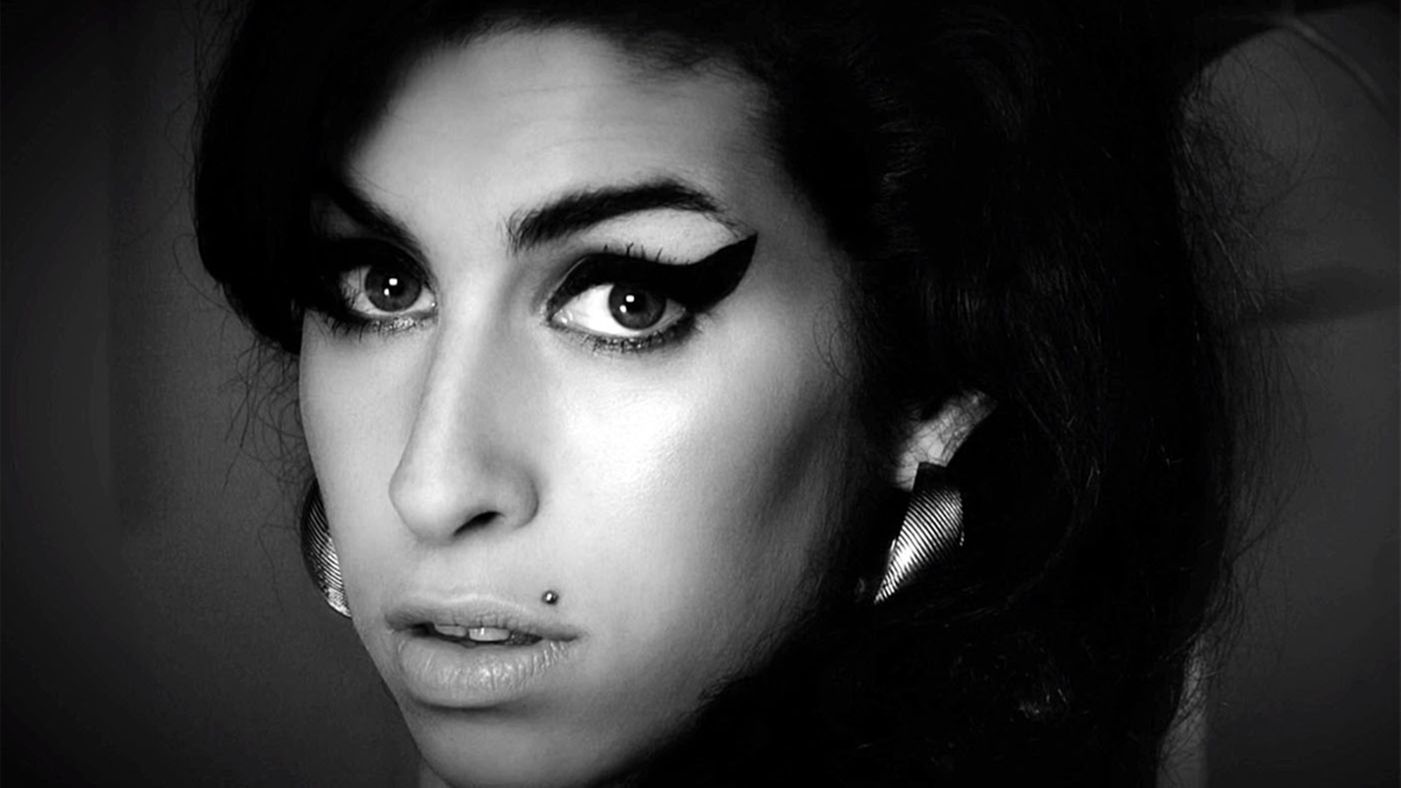
MPAA Rating: R | Rating: ★★★★
Release year: 2015
Genre: Coming-of-Age, Documentary, Music Director: Kapadia
In July 2011, popular jazz singer Amy Winehouse died from alcohol poisoning in her London home. She was 27 years old. Sadly, these sorts of stories about troubled artists dying from overdose or suicide are prevalent in our culture. There’s even a so-called “27 Club” for musical artists who die at age 27: Kurt Cobain, Jim Morrison, Jimi Hendrix, Janis Joplin, and Brian Jones, among others.
Why do these sorts of tragedies happen to the young? The documentary Amy may give us some insight into the actions, habits, and environments for cultivating such a tragedy. If you want to ruin the life of an emerging adult in the music and entertainment industry, this might be how to do it:
Step One: Have a troubled family life and upbringing. The documentary contains footage of Amy when she’s a child and teenager, immersing us in her life before she achieved fame. She shares about her parents’ divorce when she’s about 8 or 9, and how that dramatically changed her whole personality. Her father abandoned the family for a long-term affair, leaving Amy’s mom to care for an angry, emotional young woman. Amy’s father continues to be a part of her adult life as part of her management, and the documentary does little to paint him in a positive light. He comes across as manipulative and uncaring to Amy’s needs. If you want to set up a young person for tragedy, make sure the parents abandon her for self-serving purposes.
Step Two: Elevate a young person to god-like status. Amy’s incredible voice launches her into a musical career that places her on an unstable public pedestal. I wasn’t aware of how young she really was, nor how quickly she went from an everyday teenager to worldwide fame. Amy chronicles her rapid move into the limelight, and her deep-rooted hesitation for being famous. When she talks about “going mad” from being famous even before her second album takes off, we know it’s foreshadowing the tragic future. She does go mad from all the pressure and publicity. At the peak of her fame, the paparazzi are relentless; this private, emotionally unstable young girl is constantly hounded and critiqued, forced to perform both on and off stage. If you want to step up a young person for tragedy, put immense amount of public pressure on her to succeed.
Step Three: Bring in the drugs. We see Amy drinking and smoking weed early on in the film and her life, but the lack of structure and the increased pressure lead her to indulge further in the drug world. By the film’s finale, she’s partaken in both cocaine and heroin, having attempted rehab a number of times. Much of this drug-addled life stems from her boyfriend/husband, Blake, who seems to view Amy as more of his partner in partying than a beloved spouse. The irony of all this is her hit song, “Rehab,” a public confession of both her need for help and rejection of such help. If you want to set up a young person for tragedy, introduce her to hard drugs.
Step Four: Avoid giving help or boundaries for unhealthy habits. The pressure of fame and the newfound finances that come from such fame lead Amy to a number of breakdowns and unhealthy habits, including the drug use. She, apparently, suffered from bulimia, an eating condition her mother knew about but never addressed. I found myself becoming increasingly upset with the statements made by her management or father, longing for someone to simply tell her to “stop.” At one point, a friend steals Amy’s passport in order to keep her in the country and from going back on tour, as the touring lifestyle would drain her. It’s a small act of defiant compassion, but it’s only temporary as Amy’s handlers continue to push her into unhealthy arenas. If you want to set up a young person for tragedy, remove all life-giving people and environments and keep her in life-draining habits.
Step Five: Surround the young person with people who use her as a tool for success rather than see her as a human being in need of help. For Amy, this includes the paparazzi, her management team, her drug-addicted husband, and even her own father. The childhood friends who seem to truly care for her end up on the sidelines–it’s hard to say if she places them there or if they eventually tire of her antics–which leaves her in the proximity of people who appear oblivious (at best) or nefarious (at worst) regarding her well-being. It’s hard to say whether the documentary is being fair or objective at this point, but in using personal footage from Amy’s friends and family, it does seem to paint an accurate picture of the situation. If you want to set up a young person for tragedy, view her as a tool to be used or a problem to be fixed, not a person to be loved.
Asif Kapadia’s documentary style is in line with his previous film, Senna, a well-edited immersion into archival footage using voiceovers instead of talking-head interviews to move the narrative along at a thrilling pace. While I knew a bit of Amy’s story and music, this documentary gave me a fuller appreciation and a better understanding of the why behind her death. Amy is a tragic parable about our culture’s destructive worship of the young. We elevate youth to unhealthy heights, abandoning them on a precarious pedestal, then we wonder why they fall.
IMDB Listing: http://www.imdb.com/title/tt2870648/